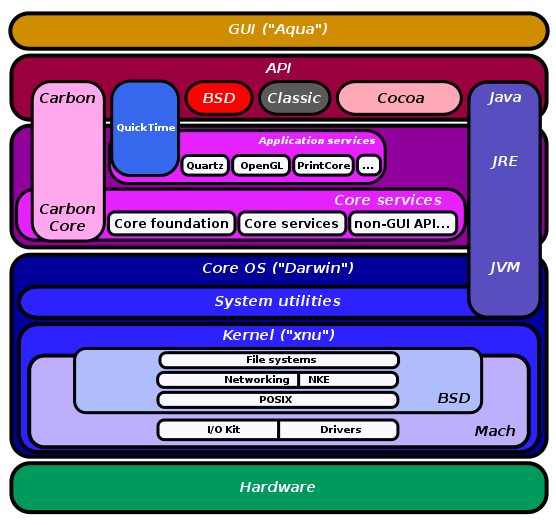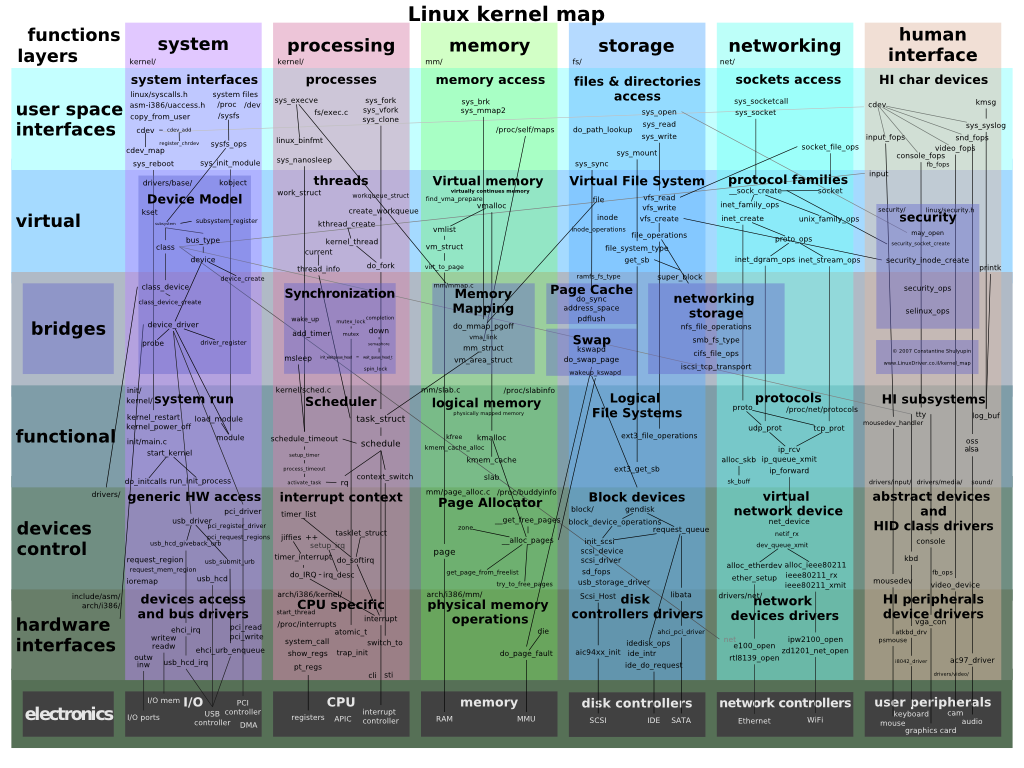-
Windows 10
The first version of Windows that receives ongoing feature updates.
Windows 10 is a personal computer operating system developed and released by Microsoft as part of the Windows NT family of operating systems. It was released on July 29, 2015. It is the first version of Windows that receives ongoing feature updates. Devices in enterprise environments can receive these updates at a slower pace, or use long-term support milestones that only receive critical updates, such as security patches, over their ten-year lifespan of extended support.
Links:
-
Windows 8
Development of Windows 8 started before the release of its predecessor, Windows 7, in 2009.
Windows 8 is a personal computer operating system developed by Microsoft as part of the Windows NT family of operating systems. Development of Windows 8 started before the release of its predecessor, Windows 7, in 2009. It was announced at CES 2011, and followed by the release of three pre-release versions from September 2011 to May 2012. The operating system was released to manufacturing on August 1, 2012, and was released for general availability on October 26, 2012.
Links:
-
Windows 7
Codenamed Vienna, formerly Blackcomb.
Windows 7 (codenamed Vienna, formerly Blackcomb) is a personal computer operating system developed by Microsoft. It is a part of the Windows NT family of operating systems. Windows 7 was released to manufacturing on July 22, 2009 and became generally available on October 22, 2009, less than three years after the release of its predecessor, Windows Vista. Windows 7's server counterpart, Windows Server 2008 R2, was released at the same time.
Links:
-
Windows Vista
Came more than five years after the introduction of its predecessor, Windows XP, the longest time span between successive releases of Microsoft Windows desktop operating systems.
Windows Vista (codenamed Longhorn) is an operating system by Microsoft for use on personal computers, including home and business desktops, laptops, tablet PCs and media center PCs. Development was completed on 8 November 2006, and over the following three months, it was released in stages to computer hardware and software manufacturers, business customers and retail channels. On 30 January 2007, it was released worldwide and was made available for purchase and download from the Windows Marketplace. The release of Windows Vista came more than five years after the introduction of its predecessor, Windows XP, the longest time span between successive releases of Microsoft Windows desktop operating systems. It was succeeded by Windows 7, which was released to manufacturing on 22 July 2009 and released worldwide for retail on 22 October 2009.
Links:
-
Windows XP
Codenamed Whistler.
Windows XP (codenamed Whistler) is a personal computer operating system that was produced by Microsoft as part of the Windows NT family of operating systems. It was released to manufacturing on August 24, 2001, and broadly released for retail sale on October 25, 2001.
Links:
-
Windows 95
Windows 95 merged Microsoft's formerly separate MS-DOS and Windows products.
Windows 95 (codenamed Chicago) is a consumer-oriented operating system developed by Microsoft. It was released on August 24, 1995. Windows 95 merged Microsoft's formerly separate MS-DOS and Windows products. It featured significant improvements over its predecessor, Windows 3.1, most notably in the graphical user interface (GUI) and in its simplified "plug-and-play" features. There were also major changes made to the core components of the operating system, such as moving from a mainly co-operatively multitasked 16-bit architecture to a 32-bit preemptive multitasking architecture.
Links:
-
Windows 98
The second major release in the Windows 9x line of operating systems and the successor to Windows 95.
Windows 98 (codenamed Memphis while in development) is a graphical operating system by Microsoft. It is the second major release in the Windows 9x line of operating systems and the successor to Windows 95. It was released to manufacturing on May 15, 1998 and to retail on June 25, 1998.
Links:
-
Windows ME
The last operating system released in the Windows 9x series
Windows Millennium Edition, or Windows ME (marketed with the pronunciation of the pronoun "me", but commonly pronounced as an initialism, "M-E"), is a graphical operating system from Microsoft released to manufacturing in June 2000, and launched in September 2000. It was the last operating system released in the Windows 9x series.
Links:
-
Windows 3.1
A series of 16-bit operating environments produced by Microsoft for use on personal computers.
Windows 3.1x (codenamed Janus) is a series of 16-bit operating environments produced by Microsoft for use on personal computers. The series began with Windows 3.1, which was first sold during April 1992 as a successor to Windows 3.0. Subsequent versions were released between 1992 and 1994 until the series was superseded by Windows 95. During its lifespan, Windows 3.1 introduced several enhancements to the still MS-DOS-based platform, including improved system stability, expanded support for multimedia, TrueType fonts, and workgroup networking.
Links:
-
Windows 3.0
The third major release of Microsoft Windows.
Windows 3.0, a graphical environment, is the third major release of Microsoft Windows, and was released on May 22, 1990. It became the first widely successful version of Windows and a rival to Apple Macintosh and the Commodore Amiga on the graphical user interface (GUI) front. It was followed by Windows 3.1.
Links:
-
Windows 2.1
Marketed as Windows/286 and Windows/386.
Windows 2.1x (marketed as Windows/286 and Windows/386) is a family of Microsoft Windows graphical user interface-based operating environments.
Links:
-
Windows 2.0
A 16-bit Microsoft Windows GUI-based operating environment.
Windows 2.0 is a 16-bit Microsoft Windows GUI-based operating environment that was released on December 9, 1987, and is the successor to Windows 1.0.
Links:
-
Windows 1.0
A graphical, 16-bit multi-tasking shell on top of an existing MS-DOS installation.
Windows 1.0 is a graphical personal computer operating environment developed by Microsoft. Microsoft had worked with Apple Computer to develop applications for Apple's January 1984 original Macintosh, the first mass-produced personal computer with a graphical user interface (GUI) that enabled users to see user friendly icons on screen. Windows 1.0 was released on November 20, 1985, as the first version of the Microsoft Windows line. It runs as a graphical, 16-bit multi-tasking shell on top of an existing MS-DOS installation. It provides an environment which can run graphical programs designed for Windows, as well as existing MS-DOS software. Its development was spearheaded by the company founder Bill Gates after he saw a demonstration of a similar software suite known as Visi On at COMDEX.
Links:
-
MS-DOS
A discontinued operating system for x86-based personal computers mostly developed by Microsoft.
MS-DOS (/ˌɛmɛsˈdɒs/ EM-es-DOSS; acronym for Microsoft Disk Operating System) is a discontinued operating system for x86-based personal computers mostly developed by Microsoft. Collectively, MS-DOS, its rebranding as IBM PC DOS, and some operating systems attempting to be compatible with MS-DOS, are sometimes referred to as "DOS" (which is also the generic acronym for disk operating system). MS-DOS was the main operating system for IBM PC compatible personal computers during the 1980s and the early 1990s, when it was gradually superseded by operating systems offering a graphical user interface (GUI), in various generations of the graphical Microsoft Windows operating system.
Links:

